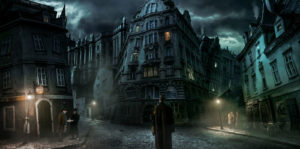
Stefan Ruzowitzky’s Hinterland is probably one of the freshest takes on the serial killer story you’ll see in a long time. The writer-director and co-writers Robert Buchschwenter and Hanno Pinter ensure their story is void of the Hollywood horror veneer we’ve grown tired of over the last decade or so.
Hinterland is set in 1920 at the end of the Great War. The Austrian/Hungarian empire has collapsed, and a band of POWs has returned to their poverty-stricken homeland in Vienna. Amongst the veterans is former detective Peter Perg (Murathan Muslu), who arrives at his empty home managed by their longtime housekeeper. His wife and child are gone, and Perg suffers from severe PTSD.
Meanwhile, with the government and law enforcement in shambles, a serial killer is roaming the streets, picking off the returning veterans in the most heinous ways. The killings are never quick. The first victim was tortured, cut into 19 pieces, and left to die a slow death. The next was impaled with 19 wooden spikes and crucified in a very public display. Each subsequent murder becomes more and more elaborate.
Hunted down by Kommissar Severin (Max von der Groeben), Perg immediately shoots to the top of the suspect list. But Severin’s boss Polizeirat Victor Renner (Marc Limpach), and coroner Dr. Theresa Körner (Liv Lisa Fries), vouch for Perg based on his reputation as a brilliant detective and defender of the innocent before the war. Perg soon deduces that the killings are not random but connected to the time he spent in the Russian POW camp.
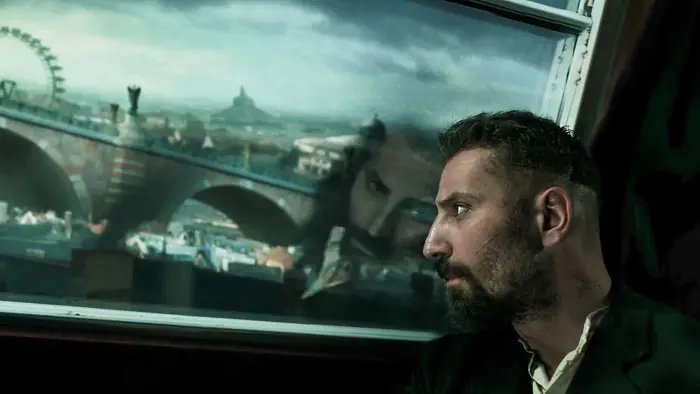
“…a serial killer is roaming the streets, picking off the returning veterans in the most heinous ways.”
The main appeal of Hinterland is its stylized look. Visually, it pays homage to old Hollywood horrors, like The Cabinet of Dr. Caligari, and director of photography Benedict Neuenfels’s heavy use of green screens brings a Sin City flair to it. The only difference is that this is in color, and its muted tones work to bring a post-war feel to the story.
The art and set design are worth calling out as well. The buildings in Vienna not only look old and dilapidated, but the buildings are curved, leaning in random directions. They are designed using very extreme forced perspective effects — almost like a Dr. Suess illustration. This unique design gives the film the Hitchcockian feel I believe filmmaker Ruzowitzky is going for. Normally I wouldn’t say I like such blatant use of CG, but it absolutely works here.
Ruzowitzky has also nailed down characters in the genre. Perg is a flawed man. Once the pillar of justice, war has pushed this great man to the brink. He’s too damaged to return to the police force, and war has beaten any notion of God out of him to the point where he pisses on the church altar. Now add a few supporting characters, and Hinterland becomes a well-rounded crime story.
At first, Perg’s former colleague Renner is his ally, but we learn he holds many secrets. Next, Severin wants nothing to do with the washed-up veteran but realizes he needs Perg’s expertise to solve the case. Lastly, Dr. Körner is there at the right moment to take the place of Perg’s runaway wife.
Hinterland is a great crime thriller that Hollywood would easily destroy if they had the rights. Its complicated story, hero, and visual style are a great reminder of the beautiful thrillers birthed during the Golden Age of Hollywood, albeit with the help of modern technology to pull it off with a modest indie budget.
For more information about Hinterland, visit the Film Movement website.
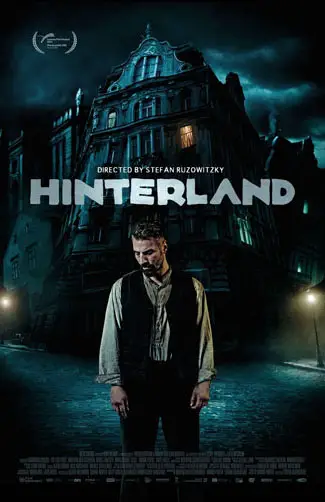
"…pays homage to old Hollywood horrors, like The Cabinet of Dr. Caligari..."
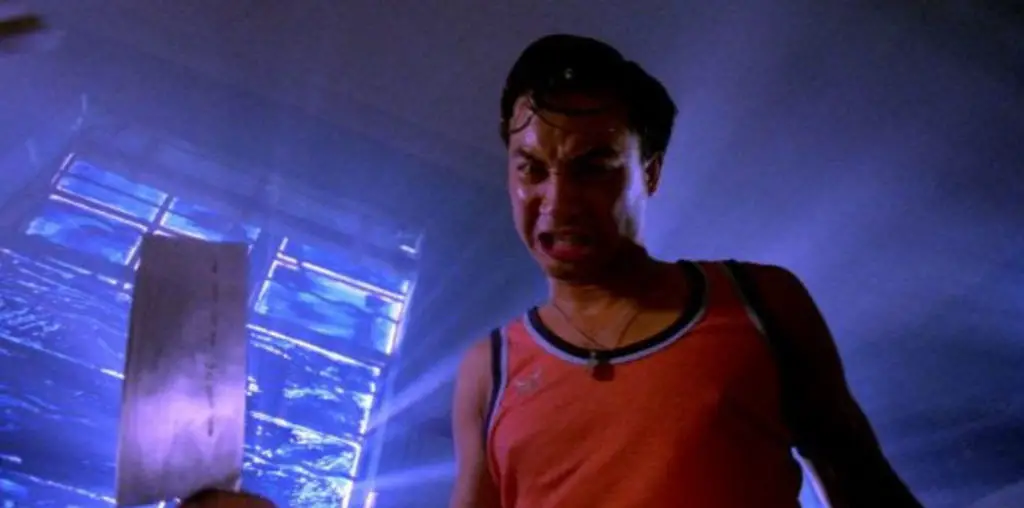
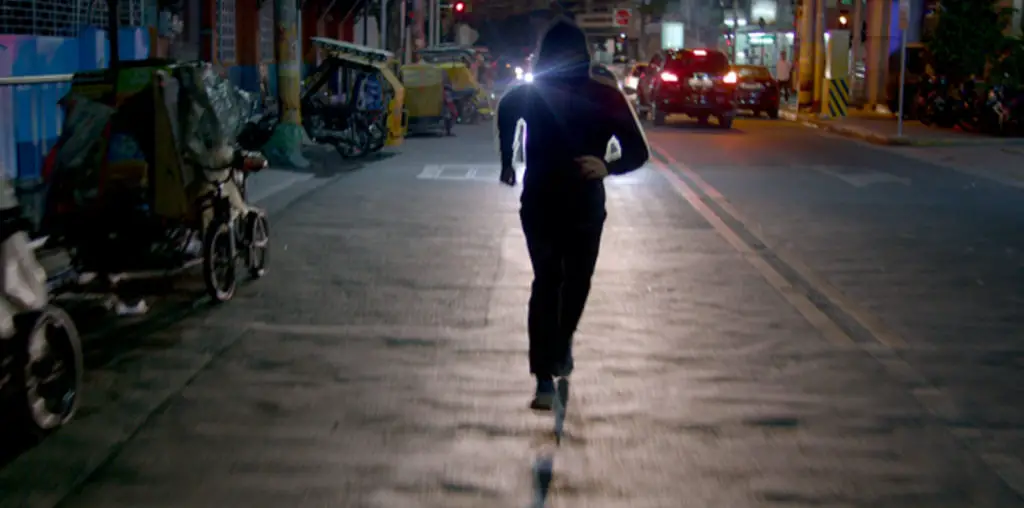
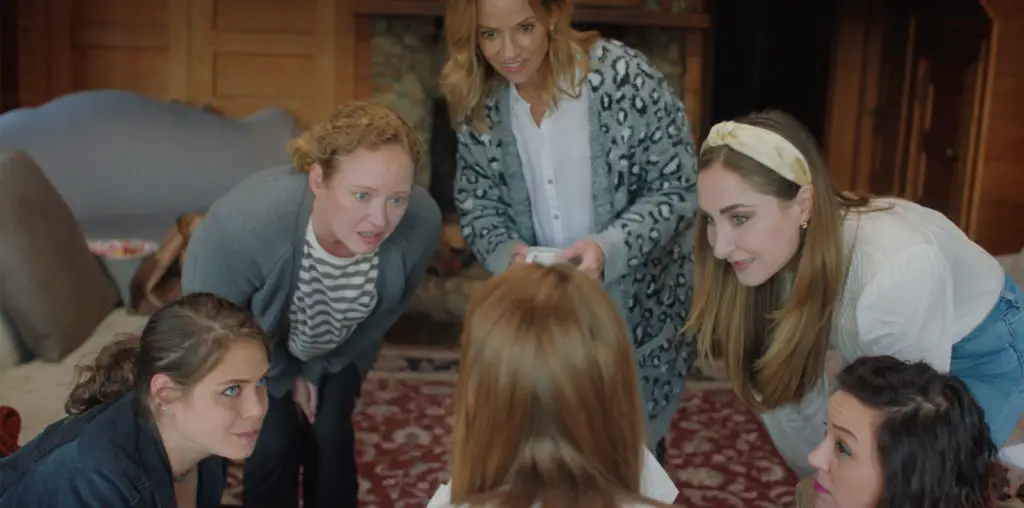
[…] Source link […]
[…] Source link […]
[…] Source link […]